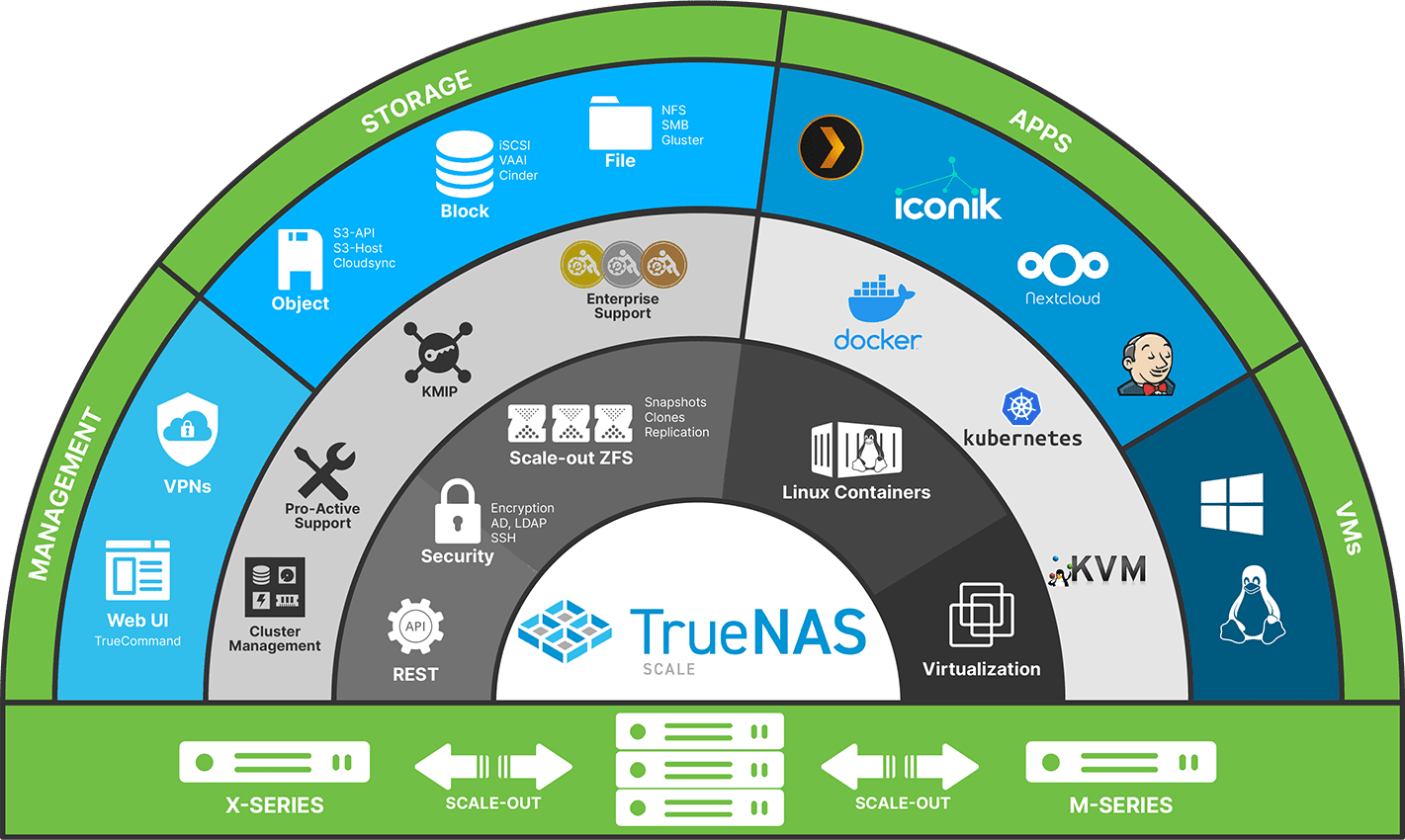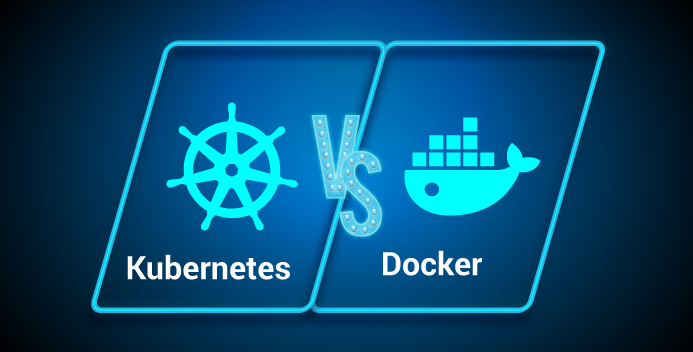
You can have many containers in one pod in Kubernetes, and they share the same network and compute environment. When the READY column says 1/1 for every pod, that means all the containers are running. You should see lots of pods, with names starting db-, redis- etc. Kubernetes uses a different tool called kubectl to manage apps - Docker Desktop installs kubectl for you too.Ĭheck the state of your Docker Desktop cluster: If you’ve worked with Docker before, you’re used to managing containers with the docker and docker-compose command lines.
Docker and kubernetes edureka install#
Click that and it will reset your cluster back to a fresh install of Kubernetes. The star in the screenshot shows the Reset Kubernetes Cluster button, which is one of the reasons why Docker Desktop is the best of the local Kubernetes options. When it’s ready you’ll see two green lights in the bottom of the settings screen saying Docker running and Kubernetes running. That’s it! Docker Desktop will download all the Kubernetes images in the background and get everything started up. Click on Kubernetes and check the Enable Kubernetes checkbox: Click the whale and select Settings:Ī new screen opens with all of Docker Desktop’s configuration options.

Make sure you have Docker Desktop running - in the taskbar in Windows and the menu bar on the Mac you’ll see Docker’s whale logo. When you deploy a Kubenetes cluster you first install Docker (or another container runtime like containerd) and then use tools like kubeadm which starts all the Kubernetes components in containers.

Older operating systems can’t use Docker Desktop :( You can use Docker Toolbox instead, but that doesn’t come with Kubernetes - so you’ll need to run Kubernetes in Docker. Start by downloading and installing the right version for you: Install Docker Desktopĭocker Desktop is freely available in a community edition, for Windows and Mac. You’ll gain experience of working with Kubernetes and comparing the app definition syntax to Docker Compose.

Docker and kubernetes edureka how to#
In this lab you’ll learn how to set up Kubernetes on Docker Desktop and run a simple demo app. Docker Desktop is the easiest way to run Kubernetes on your local machine - it gives you a fully certified Kubernetes cluster and manages all the components for you.


 0 kommentar(er)
0 kommentar(er)
